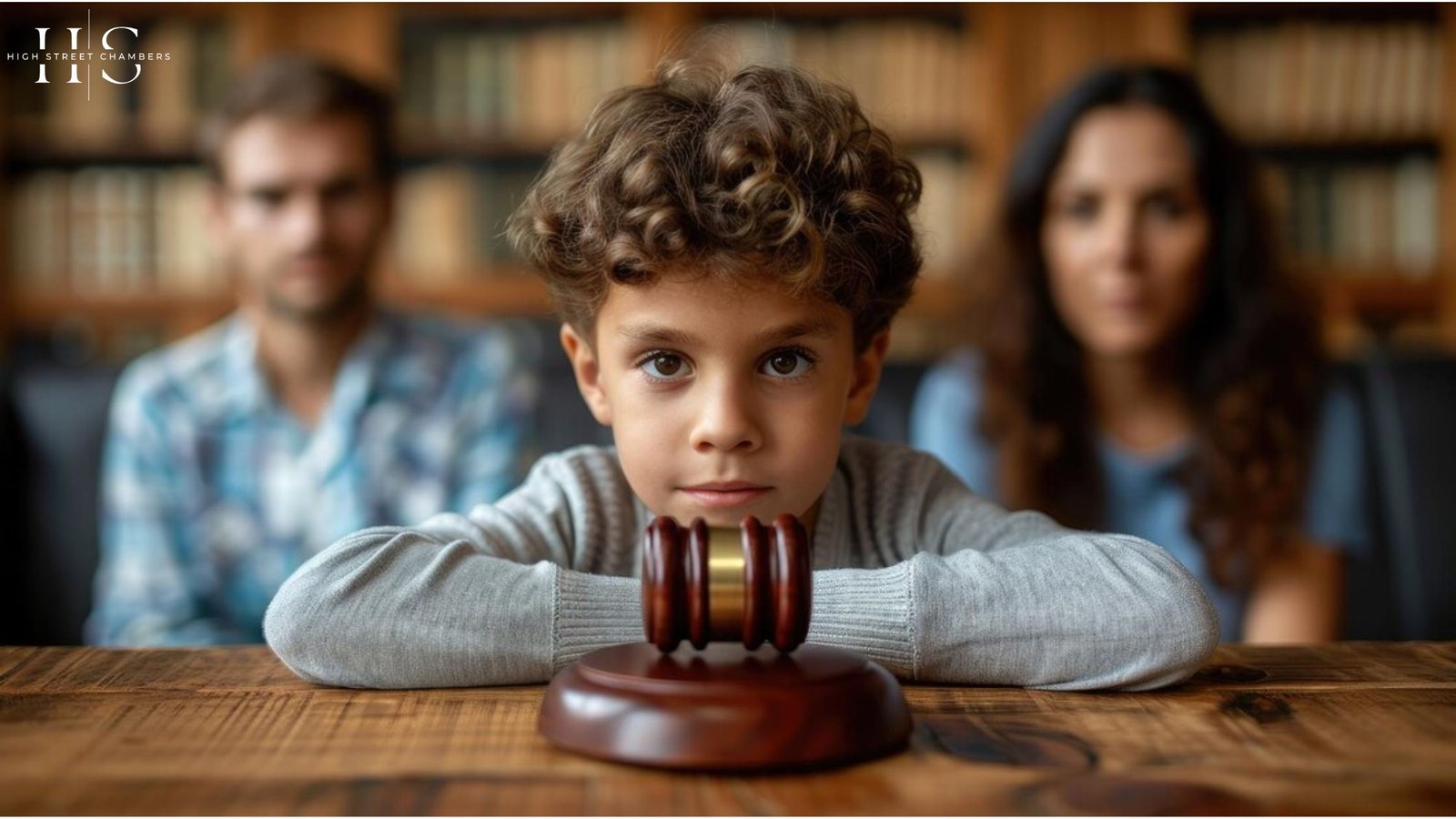Divorce can shake a family’s foundation, especially for children caught in the middle. One of the biggest tasks after a divorce is figuring out who will care for the children and how. This is referred to as child custody. Parents must learn how child custody decisions work, things judges think about, and the types of custody they might share. Knowing more about child custody after divorce helps parents make the right choices.
What is Child Custody?
Child custody after divorce is determined on who should take care of the child and make decisions for the child. In case parents have to split, they usually have to decide who the child will live with and how they will be raising the child together or separately. The courts and judges look after what is best for the child and set appropriate decision making in protecting the future of the child.
Types of Child Custody
- Legal Custody. It is defined as the right given to a parent to decide about important matters in the life of a child, such as school, doctors for treatment purposes, and issues on how they should be raised. For many people, the rights are shared between parents in making the determination. To others, this right will go to one parent as it directly relates to the child’s best interest.
- Physical Custody: Its title is indicative of the concern it addresses: where the child lives. Sometimes, the child lives mostly with one parent and spends weekends and vacation periods with the other parent; sometimes, he divides time evenly between both homes. Increasingly courts hold that this is good for children to spend time with both parents.
- Sole Custody: Here, a child’s sole responsibility and decision-making rest with one single parent. The other parent may visit but will have nothing to do with major decisions pertaining to the child.
- Joint custody: In this arrangement, both parents share either physical custody or legal custody or both. In such arrangements, the child spends some time with one parent and some time with the other, who can usually only be involved over issues of an important character. This setup can work when parents get along well and can negotiate on what is good for the child.
How Do Judges Decide on Custody?
Judges don’t guess when deciding child custody after divorce. They look closely at what will keep the child safe, healthy, and happy. Here’s what they focus on:
- Age and Needs of the Child: Younger kids often need more routine, while older kids may want a say in where they live.
- Stability of the Parent: The parent who can offer a safe, steady home might be favored. Judges look at things like jobs, home life, and whether the parent can handle the child’s needs.
- Parent-Child Bond: Strong relationships matter. Judges pay attention to how close the child is to each parent and if both parents are willing to keep that connection strong.
- Health of the Parents: If one parent’s health could affect how they care for the child, the judge may give custody to the other parent.
- Parent’s Ability to Work Together: Judges love to see parents who can talk and make decisions together for the good of the child. This shows that they can both stay involved in the child’s life.
- Child’s Opinion: Sometimes, judges listen to what the child wants, especially if they are old enough to make smart choices.
How Do Visits Work?
When one parent gets most of the physical custody, the other parent usually gets visitation rights. Visits are super important because they keep the child close to both parents. These visits can be on weekends, during school breaks, or even longer during summer vacation.
There are two ways to handle visits:
- Set Schedule: The parents follow a clear schedule that tells them exactly when the child will spend time with the other parent. This helps everyone know what to expect.
- Flexible Visits: In some cases, parents can agree on visits as they go along. This gives them more freedom, but they need to be good at talking to each other.
Changing Custody Agreements
Child custody can change if something big happens. If life changes, parents can ask the court to switch the custody agreement. Common reasons for changing custody include:
- Moving Away: If one parent moves far away, custody plans may need to shift so the child can still see both parents.
- Money Changes: If one parent can no longer afford to care for the child, the judge might give custody to the other parent.
- Growing Up: As children grow, their needs change. A plan that worked when they were young might not be the best as they get older.
- Parent’s Actions: If one parent starts making unsafe choices, like using drugs or breaking the law, the other parent can ask for custody to change.
For a judge to agree to change custody, the parent must show that it will help the child. Judges don’t change things without good reasons.
Steps for Filing Custody
Filing for child custody isn’t tricky, but it takes careful planning. Here’s how to do it:
- Talk to a Lawyer: First, it’s a smart idea to get help from a lawyer who knows about family law. They will guide you and make sure your rights are safe.
- File the Papers: You need to fill out a form asking the court for custody. This form explains why you want legal or physical custody.
- Tell the Other Parent: After filing, the other parent must be told about the request. They have the chance to share their thoughts too.
- Go to Court: Both parents will meet with a judge to share their side. Before this, the court might ask both parents to try mediation, where they sit down and try to agree without going to court.
- Get the Decision: After hearing both sides, the judge will decide who gets custody and what the visitation plan will be.
Custody and Parents’ Rights
Even if one parent gets most of the custody, the other parent still has rights. They can see the child and have a say in major decisions. The goal is for the child to stay close to both parents unless it’s unsafe or unhealthy.
Joint or Sole Custody: What Works Best?
Parents often wonder if joint custody or sole custody works better. It all depends on the family and the situation.
- Joint Custody: In this plan, both parents stay very involved in the child’s life. It’s great for keeping a strong bond with both parents. But it requires that both parents work well together and communicate.
- Sole Custody: If one parent can’t provide a good home or make safe choices, the judge might pick sole custody. This can also stop fights between parents who can’t get along.
The right choice always depends on the child’s needs and which arrangement keeps them happiest and safest.
Bottom Line
Overall, navigation through child custody after divorce can be challenging, but understanding the legal framework and the key factors that take place make the process run a little more smoothly. Courts focus primarily on establishing an arrangement that best serves the best interests of the child, thus compelling both parents to relegate the interest of their child during the process. Whether by negotiation or court intervention, decisions on child custody have an enduring effect, and this dictates one should approach them thoughtfully and cohesively. Provided that they are approached correctly, perhaps parents can agree on what will emotionally and physically be in the best interests of their child.



